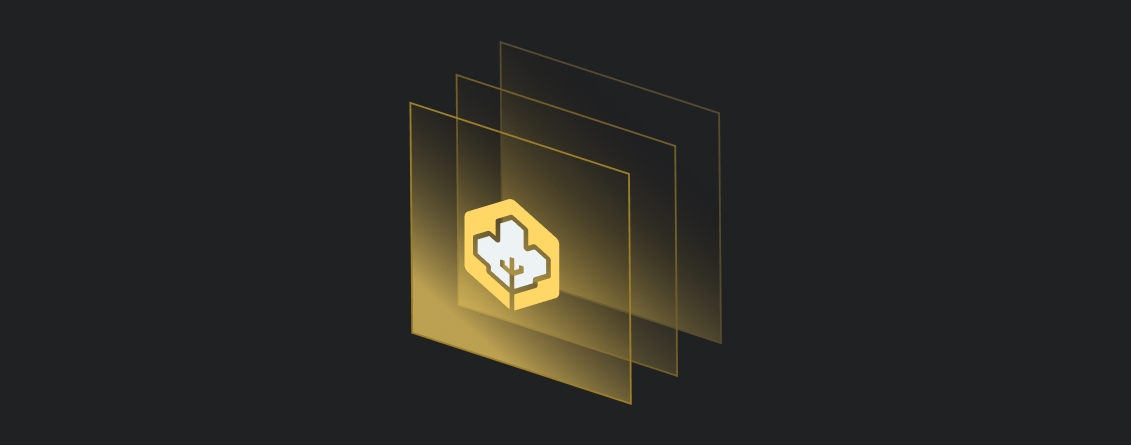
By: Yash, Zeneca, Canadian Web3 Council
This series will teach you web3 fundamentals using simple, easy-to-understand language.
Web3 is the next generation of the internet, which aims to make the web more decentralized, secure, and user-friendly. It uses blockchain technology, like the one behind cryptocurrencies, to create a more open and fair internet where users have more control over their data and online activities.
Web3 is best understood when compared to web1 and web2. Let’s take a look at how the internet (the web) has evolved over the past few decades:
Web3 matters because we’re building an internet that will be more owned by “the people” instead of giant tech corporations. Instead of relying on big companies like Google or Meta to manage your data and online activities, Web3 aims to give you more control over your information and who can access and/or monetize it.
Web3 is still being developed, and it might take some time before it becomes widespread. However, the goal is to create a more open, fair, and user-friendly internet where everyone can participate equally.
To sum up:
In our next section, we’ll cover: “What is blockchain?”
Learn more:

If you’re interested in building the future digital economy, we want to hear from you!